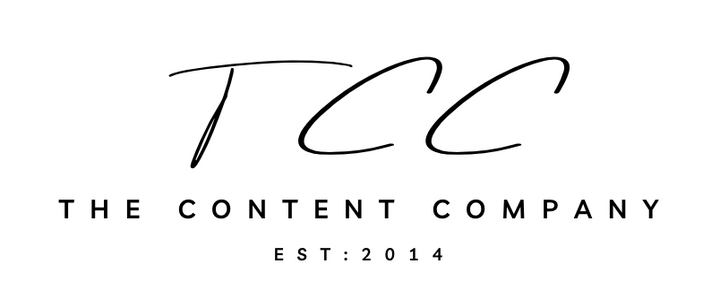March 29, 2016

Creating engaging content is about much more than headlines and subheads. Yes, they are crucial when it comes to attracting attention and helping readers navigate down the page, but the way you present your message or information takes the engagement factor to the next level.
Many business owners and content writers get tripped up when attempting to create engaging content by rolling out words that cause an instant disconnect with the reader. In reality, if you’ve ever spoken to anyone to get a point across, you already know how to create engaging content.
The secret is to have a conversation with the reader. Having a conversation with your readers in blog posts, web pages, ebooks and ads is to borrow from the tried-and-true copywriting practice of writing in the 2nd person. If you remember the direct mail pieces selling encyclopedias, car insurance or health products that would end up in your mailbox, they were all written in the 2nd person. When you figure out how to have a conversation with your prospects, customers and subscribers, you will be well on your way to creating the kind of engaging content you need to increase sales and readership.
As mentioned above, writing in the 2nd person is the central feature of conversational content. This means using the word “you” instead of “we,” “they” or “I.” This is easily accomplished by imagining your ideal customer / prospect when you are writing, and write as though you were speaking only to that one person.
As in any conversation, it’s also a good idea to use the same language, figures of speech and tempo your ideal reader would use. Writing conversationally is a way to create rapport, and using similar language to your target is key.
Even though many people do it in a real conversation, do not go on about yourself when writing your content. There is a place for that sort of thing, but that shouldn’t come until later. When people arrive on your website or find your blog post, they are there to solve a problem or find relevant information for themselves. If you carry on about how wonderful your company or product is, you aren’t having a conversation, and the reader will quickly disappear.
Long, drawn out sentences is another “don’t” when it comes to writing conversationally. Keep the sentences brief, so it is easy to follow along, and try not to venture off into unrelated territory while making a point or providing information.
The reason having a conversation with your content works so well is because it makes the reader feel as though you are speaking directly to them. The fact that you have tailored your message and language to your ideal reader and written in the 2nd person makes them feel special, like you really care about their needs, which is why it has been working for more than a century in one form or another.
If you need some help starting that conversation with your own clients or prospects, feel free to contact The Content Company today. We have written well over 10,000 posts, pages and articles, and we can provide you with exactly what you need.
Comments will be approved before showing up.

January 27, 2022
